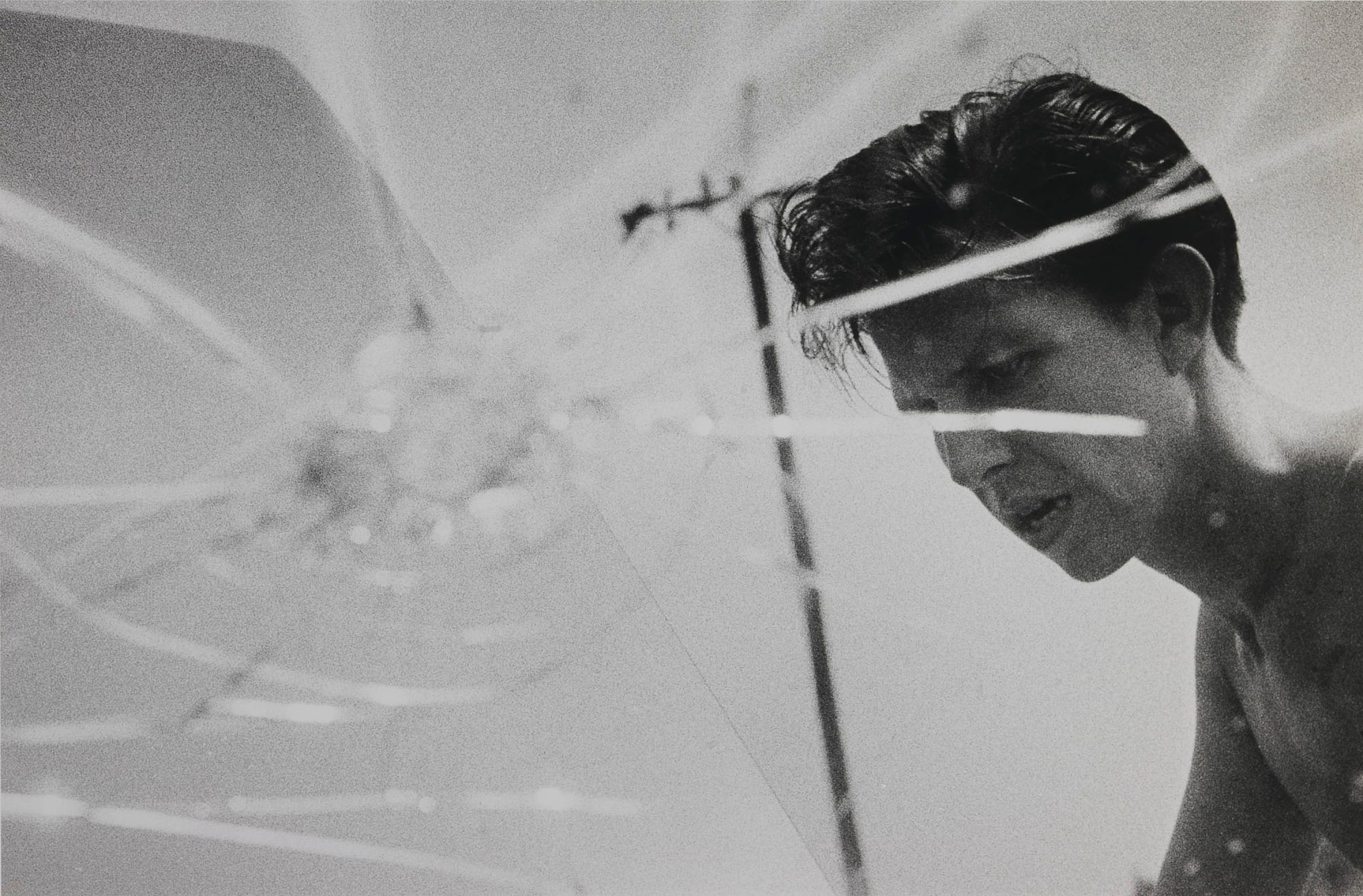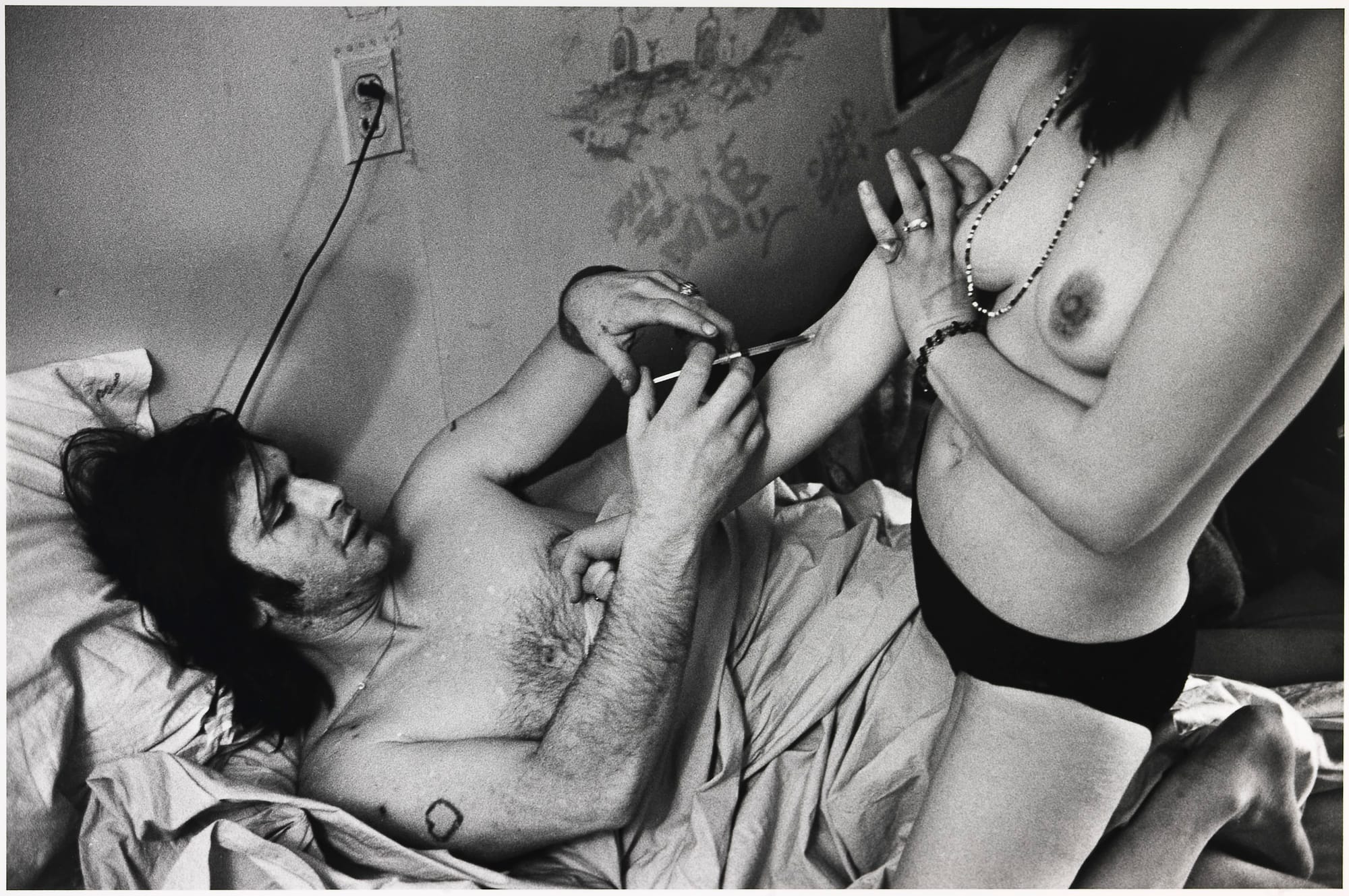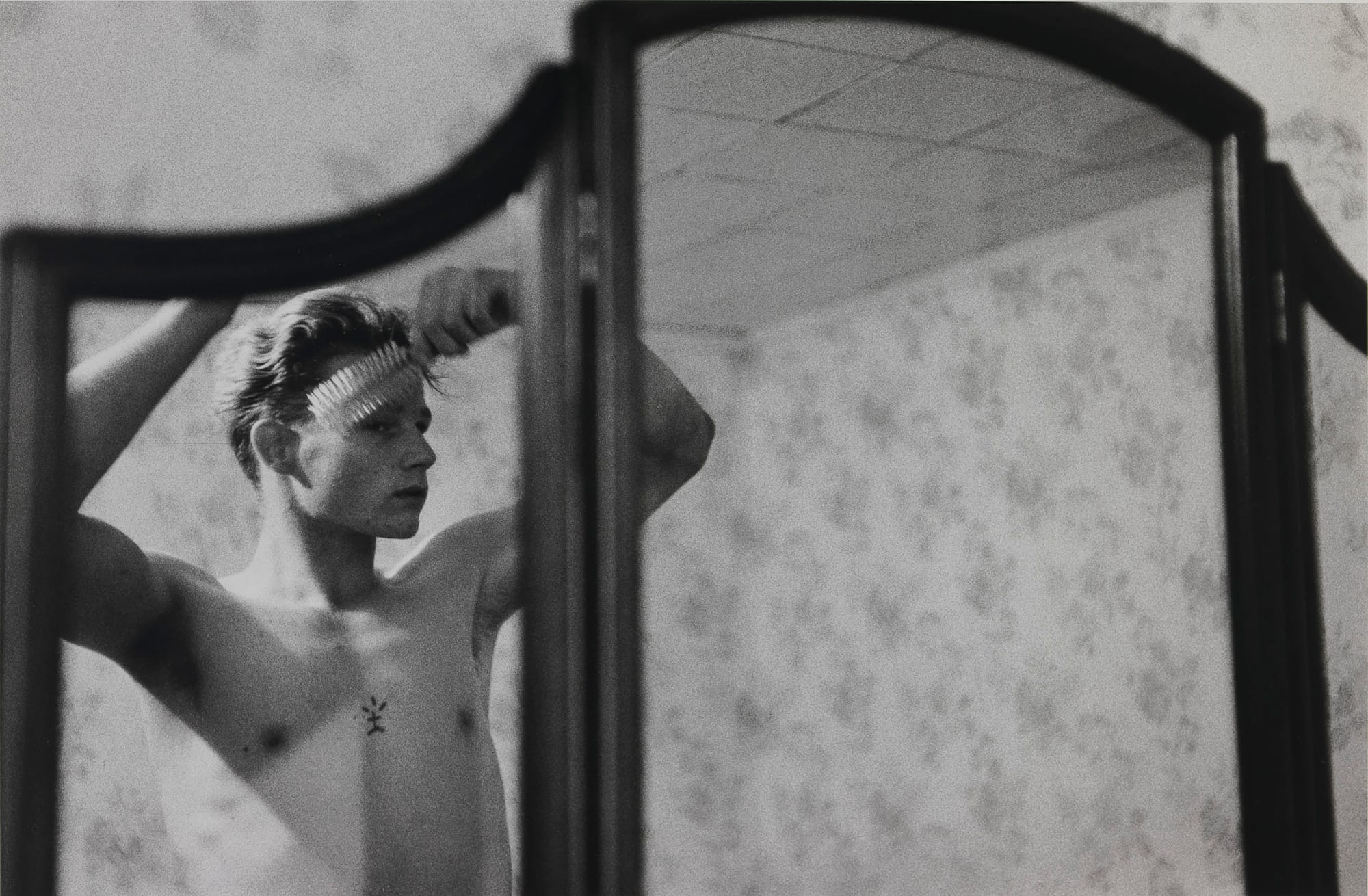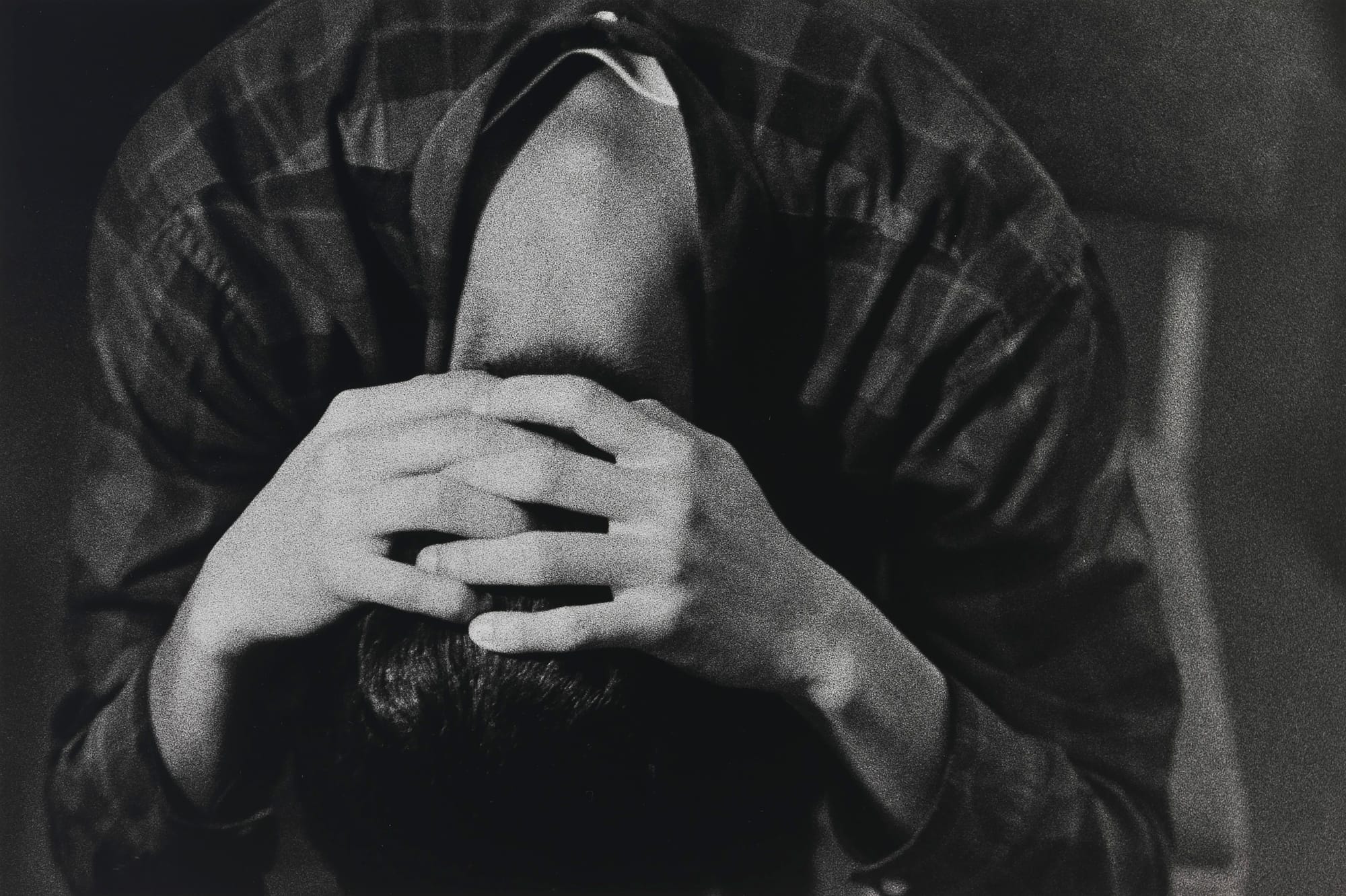Larry Clark's Tulsa: A Cultural Watershed in Documentary Photography
Larry Clark's Tulsa, a raw portrayal of youth in 1960s Oklahoma, transformed documentary photography and continues to resonate today.

In 1971, a collection of black-and-white photographs emerged from America's heartland that would forever alter the landscape of documentary photography. Larry Clark's "Tulsa" stripped away the veneer of wholesome middle-American life, exposing a raw underbelly of youth culture grappling with addiction, sexuality, and violence. Five decades later, this groundbreaking work continues to challenge our understanding of representation, artistic responsibility, and the ever-shifting boundaries of youth identity.
The Genesis of an Unfiltered Vision
When Larry Clark first pressed his shutter release in Tulsa, Oklahoma, he wasn't just documenting his subjects—he was chronicling his own world. Between 1963 and 1971, Clark captured intimate moments of his circle of friends as they navigated a landscape of drug use, sexual exploration, and social rebellion. His insider status transformed what could have been mere voyeurism into an unprecedented study of American youth culture in crisis.
This proximity to his subjects produced images of startling intimacy: friends injecting amphetamines, couples in private moments, and young people displaying both vulnerability and bravado. The resulting photobook shattered the artificial construct of the "teenage experience" that dominated mainstream media of the 1960s.


Breaking Ground in Documentary Practice
Clark's approach represented a seismic shift in documentary photography. While his contemporaries often maintained careful distance from their subjects, Clark's immersive methodology erased the boundary between observer and participant. This radical approach yielded images of unprecedented authenticity, though it also raised ethical questions that continue to spark debate.
The work's innovative elements included:
- A cinematic narrative structure that borrowed from film noir and personal diary
- Unflinching documentation of taboo subjects rarely addressed in fine art photography
- Integration of personal experience with social documentation
- Raw aesthetic that influenced generations of photographers and filmmakers
Cultural Impact and Artistic Legacy
"Tulsa" emerged at a crucial moment in American cultural history. As the optimism of the 1960s counterculture faded into the darker realities of the 1970s, Clark's work provided a prescient window into the challenges facing American youth. The book's influence extended far beyond photography, inspiring:
- Filmmakers like Gus Van Sant and Harmony Korine
- Photographers including Nan Goldin and Ryan McGinley
- Writers exploring themes of youth alienation and suburban malaise
- Visual artists working in various media

Contemporary Resonance
Today's viewers encounter "Tulsa" through a lens shaped by social media, mental health awareness, and evolving discussions about representation. The work's themes—addiction, alienation, sexuality, and rebellion—remain startlingly relevant, though their expression has shifted to digital spaces.
Modern parallels can be drawn to:
- Youth mental health crises in the age of social media
- Debates over authenticity in an era of curated online personas
- Questions of privacy and consent in documentary practice
- Ongoing struggles with substance abuse and identity formation
The Ethical Dimension
Perhaps the most enduring aspect of "Tulsa" is its role in ongoing debates about documentary ethics. Clark's dual role as participant and chronicler raises complex questions about artistic responsibility and representation. Was his involvement a form of exploitation or essential to the work's authenticity? The absence of easy answers to these questions has kept "Tulsa" relevant in contemporary discussions of documentary practice.

A Living Document
Fifty years after its publication, "Tulsa" remains more than a historical artifact. It continues to challenge viewers, inspiring new interpretations and provoking essential discussions about art, ethics, and representation. In our current era of carefully curated social media personas and digital filters, Clark's unflinching portrayal of human complexity feels more vital than ever.
The power of "Tulsa" lies not just in its shocking imagery or technical innovation, but in its ability to spark dialogue across generations about youth, identity, and the role of art in society. As we navigate new forms of documentation and expression in the digital age, Clark's groundbreaking work reminds us of photography's potential to reveal difficult truths and challenge social conventions.
Images used in this article are taken from the Smithsonian American Art Museum, Gift of Joshua P. Smith. You can order a copy of the book on Amazon.

